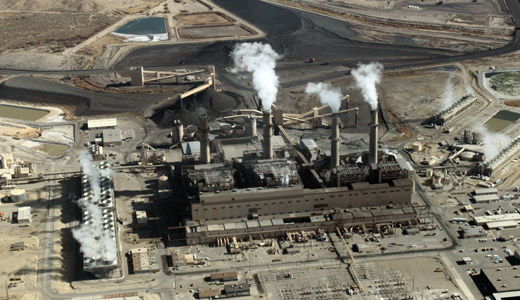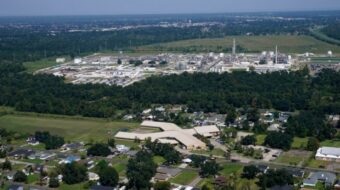
In a historic development, the Obama administration has, for the first time, set national health standards for mercury and other toxic air pollution, a measure that will save lives and create jobs in pollution control technology.
Called the Mercury and Air Toxics Standards, this measure was enacted by the U.S. Environmental Protection Agency to protect families in America by curbing and setting a limit on dangerous pollutants via widely available power pollution controls.
The impact of this cannot be understated, as is evidenced by the fact that over 900,000 Americans submitted comments to the EPA, the majority of which were in support of the new rule. This was the largest response ever to an EPA rule. A report by the League of Conservation Voters – a political advocacy organization and an important name in the environmental movement – called the response “a massive display of grassroots support.”
According to EPA estimates, these new safeguards may prevent up to 11,000 premature deaths and 4,700 heart attacks per year. They will also prevent 130,000 asthma attacks and avoid 11,000 cases of childhood bronchitis each year starting in 2015.
“By cutting emissions that are linked to developmental disorders and respiratory conditions like asthma,” said EPA administrator Lisa P. Jackson, “These standards represent a major victory for clean air and public health – and especially for the health of our children. With these standards that were two decades in the making, EPA is rounding out a year of incredible progress on clean air in America with an action that will benefit the people for years to come. The Mercury and Air Toxics Standards will protect millions of families and children from harmful and costly air pollution and provide them with health benefits.”
This new defense against toxins is so important because power plants are among the largest remaining sources for many harmful air pollutants, which, in addition to mercury, also include arsenic and cyanide. Moreover, those power plants are responsible for over half the mercury – and over 75 percent of the acid gas emissions – in the U.S. today.
The pollution control technologies that this measure will employ are not new, just underused; more than half of all U.S. coal-fired plants already use them, and the standards will set the standard for ensuring that the remaining coal-fired plants take similar steps.
Part of a much larger environmental commitment, the standards are accompanied by a Presidential Memorandum that directs the EPA to utilize tools provided in the Clean Air Act to implement these safeguards in a way that will be reliable and cost-effective.
Members of the League of Conservation Voters had submitted over 50,000 public comments, attended many public hearings, and rallied in support of these new standards when they were first proposed in early 2011.
Albert A. Rizzo, MD, national volunteer chair of the American Lung Association, commented, “Since toxic air pollution from power plants can make people sick and cut lives short, the new Mercury and Air Toxics Standards are a huge victory for public health. The Lung Association expects all oil- and coal-fired power plants to act now to protect all Americans – especially our children – from the health risks posed by these dangerous air pollutants.”
Photo: Farmington, N.M.’s coal-fired San Juan Generating Station stands ready to meet the new rules released by the EPA that are aimed at reducing mercury pollution. Susan Montoya Bryan/AP










